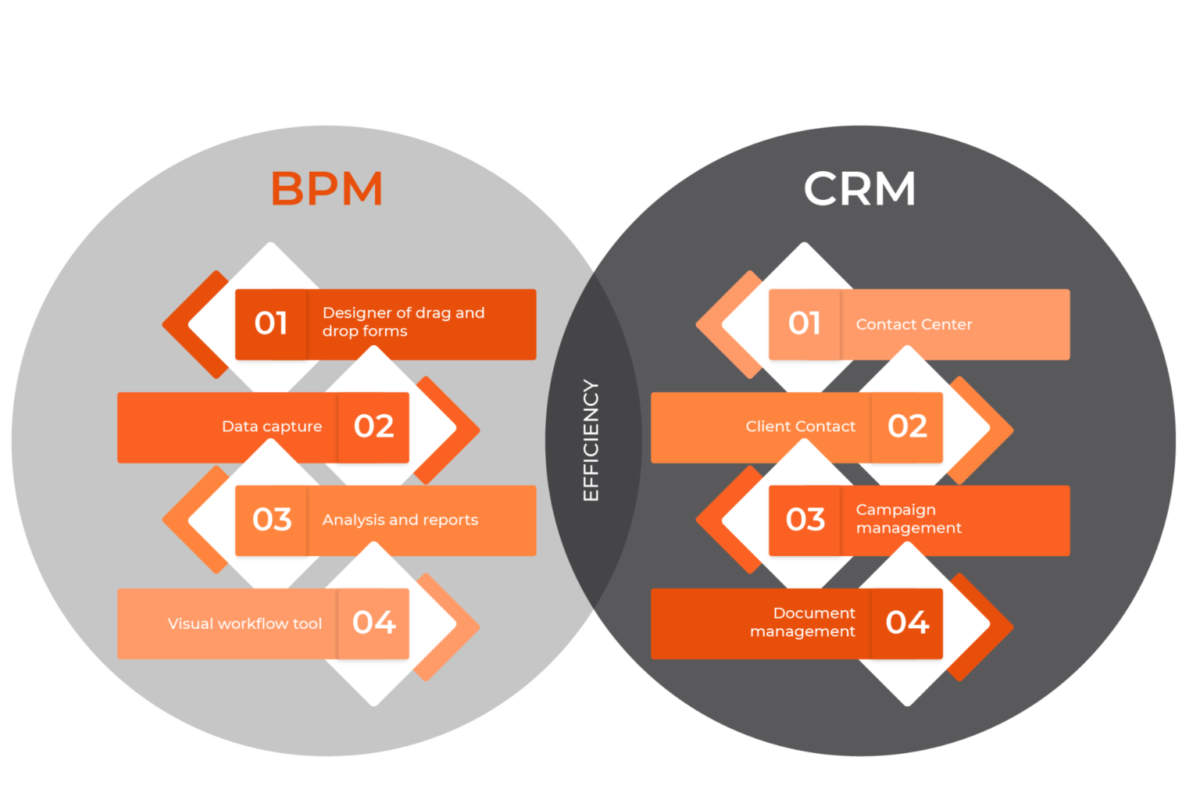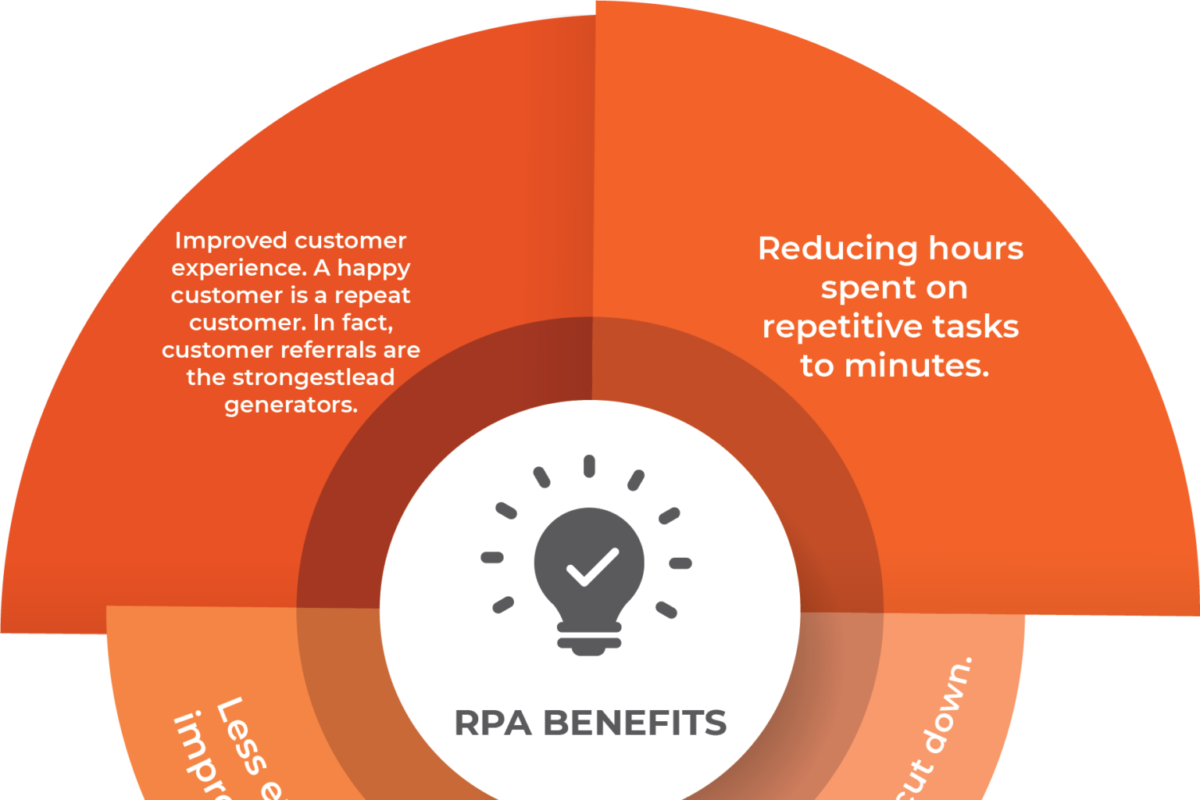In the business world, the combination of Customer Relationship Management (CRM) and Business Process Management (BPM) has proven to be more advantageous than ever before. Mainly due to competition, enterprises are in the rush to create and find new ways to attract more sales and elevate their place in the market, always having in mind product manufacturing cost reduction while maintaining or increasing the rate of production.
Consequently, enterprises that possess an exceptional CRM system will boast a better profit compared to the rest that may not have this system applied, making the tools of CRM an essential asset to earn and preserve more clients and higher revenue.
What exactly is CRM and BPM?
CRM (Customer Relationship Management) comprises of software technology, strategies and/or practices that organizations and enterprises can employ to analyze and manage data of interactions with clients. Furthermore, it is a system used to better understand the intricate liaison between company and customer.
BPM (Business Process Management) works on the principle that processes are central to an organization. BPM tools improve an organization’s processes through analysis and automation.
The key difference between these two types of software is that CRM focuses mainly on the commerce department while BPM can encompass the use of CRM in the array of processes it targets. Although each tool can be used separately from each other, they provide the best results when combined.
Some of the benefits of the fusion of CRM and BPM are:
● Greatly improves CRM’s data usage given that BPM allows the 3rd party’s references and reports.
● Provide the enterprise with higher predictability. For this reason, CRM will thrive when given more data and sales opportunities, enhancing its capability for organizing possible sales leads while accelerating the commercial processes and marketing.
● Maximizes cross-selling and up-selling. Through the merger of CRM with a BPM system, cross-selling and/or the increment of sales for a client (up-selling) can be vastly improved regarding the processes of business to allow an optimal performance of sales and attain superior results.
● Eliminates unnecessary processes.
To conclude, the implementation and merging of both CRM and BPM is becoming more and more important taking into consideration all the benefits that the processes provide to improve customer service, internal process and commerce efficiency.




